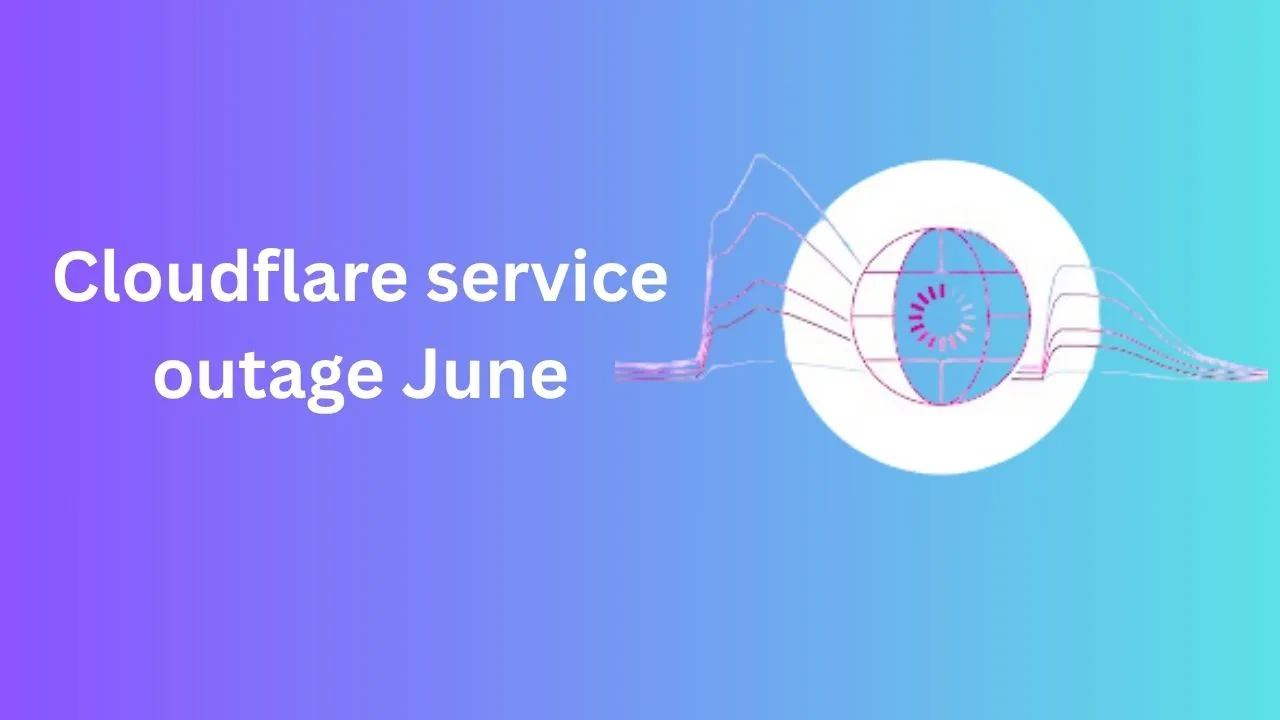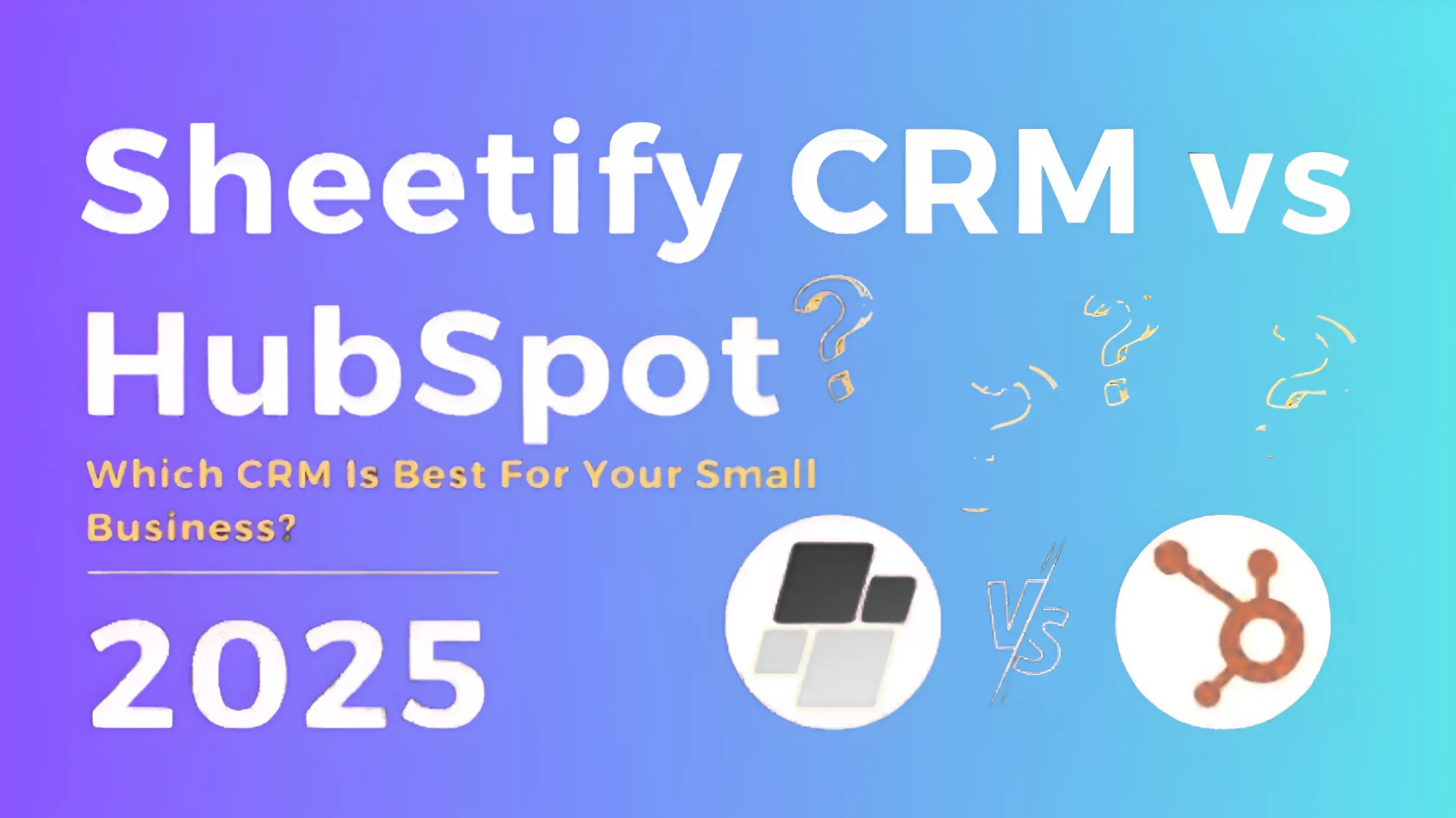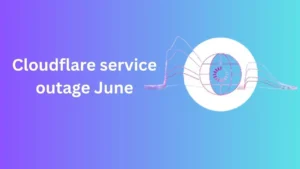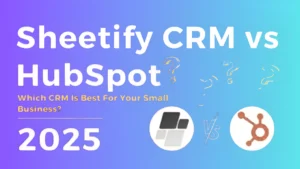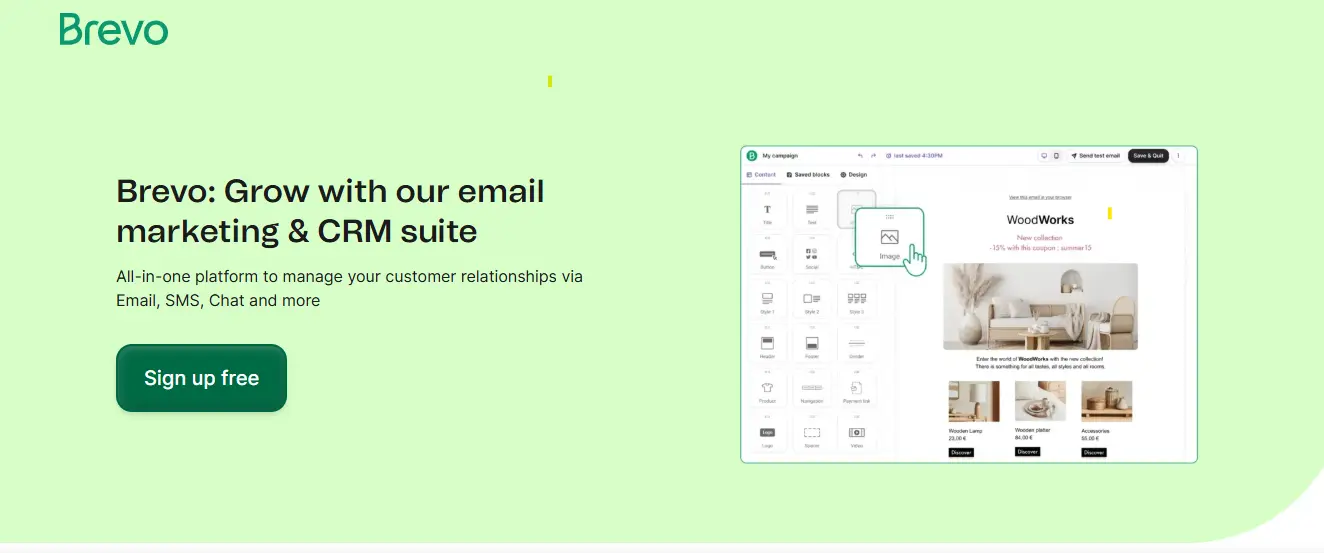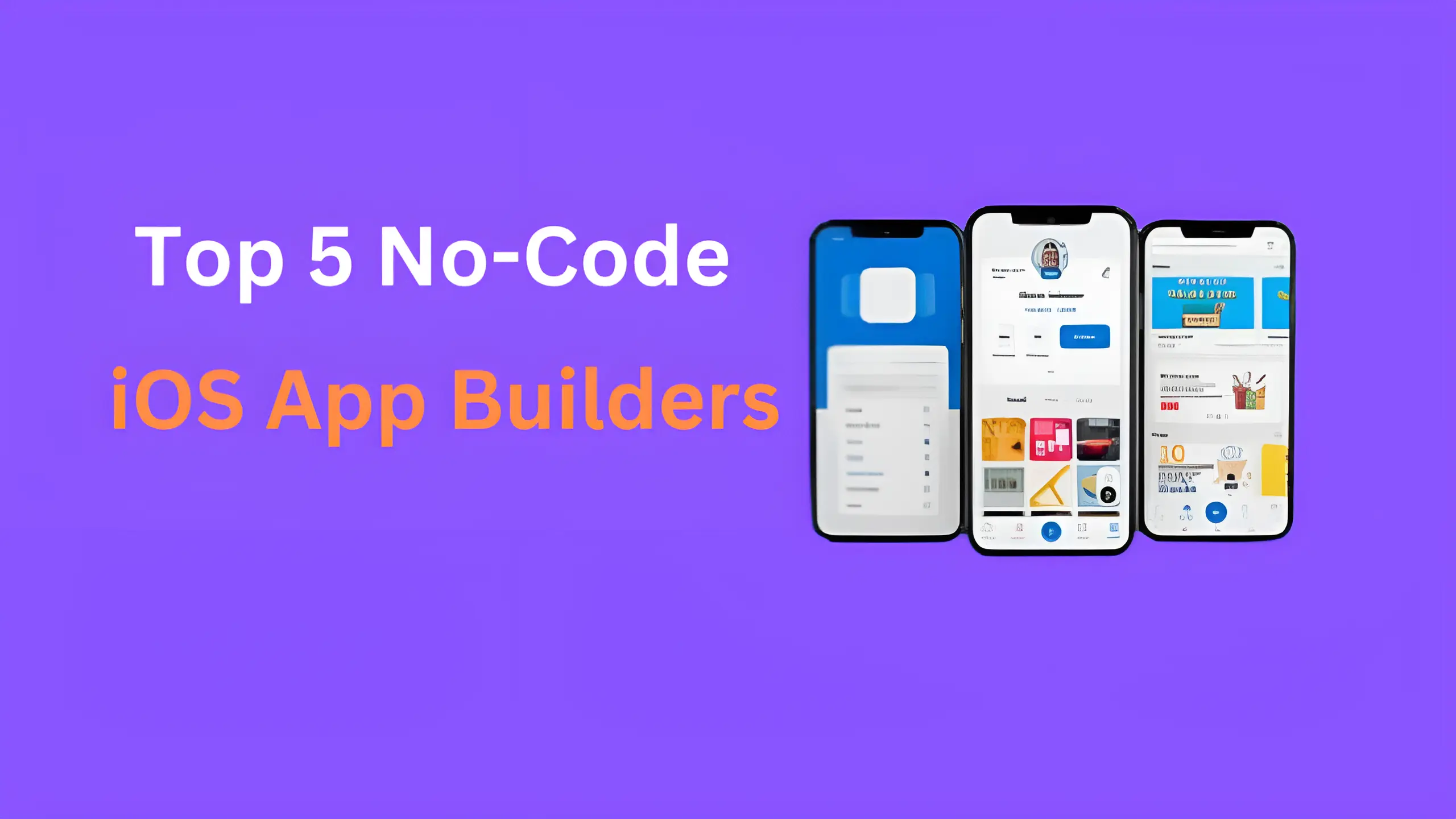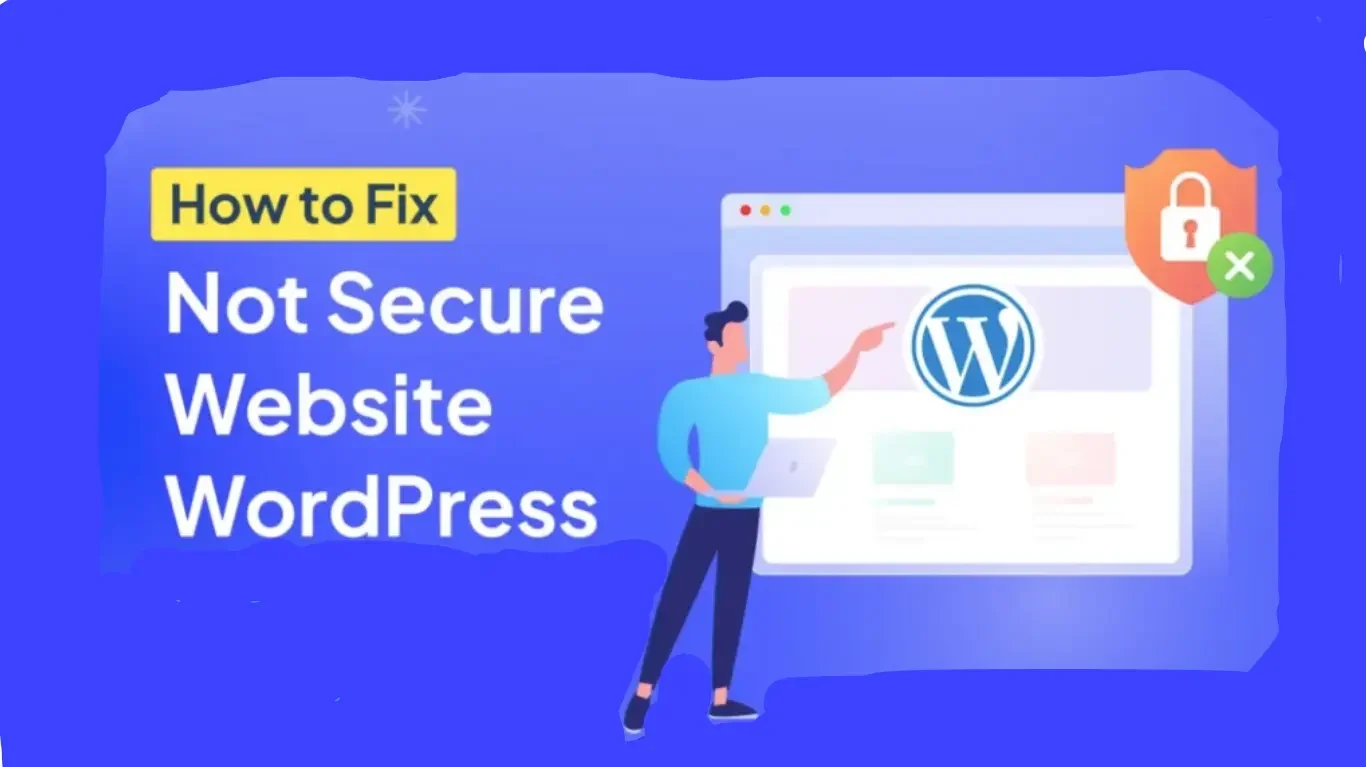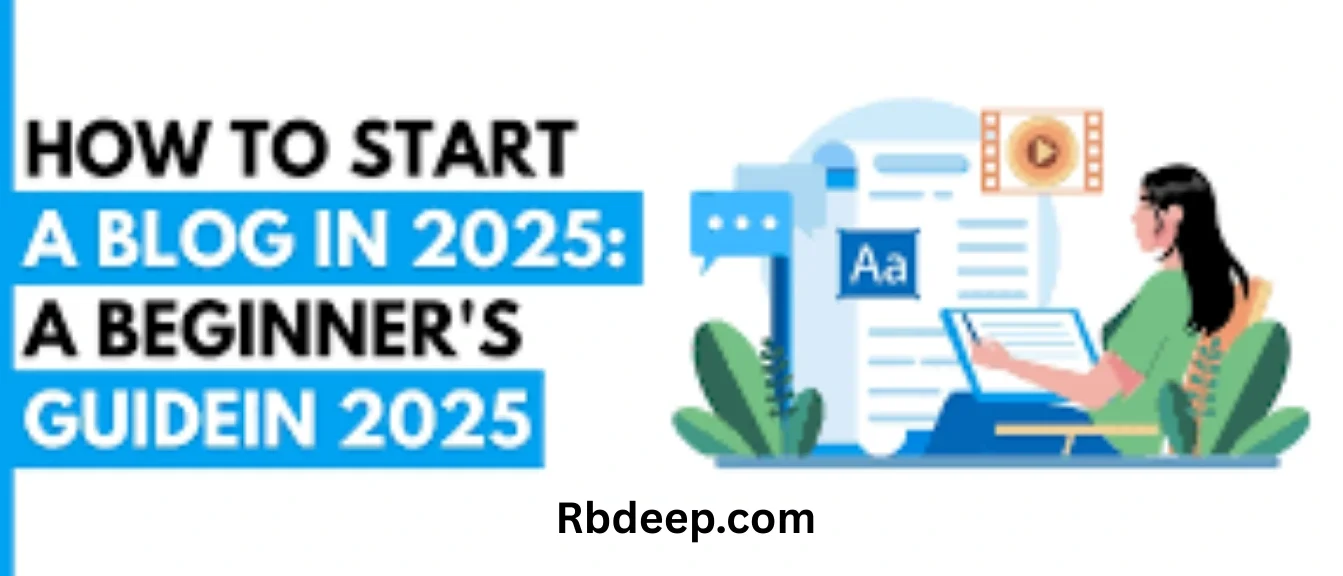1. Introduction
If you’ve just hit “publish” on your brand-new blog post and you’re wondering why it’s nowhere to be found in My experience Index Blog Post on Google, you’re not alone. With over 7 million blog posts published every day, the competition for visibility on search engines like Google has never been fiercer. Whether you’re a complete beginner or a blogger looking to keep up with the latest SEO trends, one of the most crucial steps in your content strategy is getting your post indexed by Google.
So, what exactly does it mean to “index” a blog post? In simple terms, indexing refers to the process by which Google discovers, analyzes, and adds your content to its vast database. Only after a page is indexed can it show up in search results—and until that happens, your amazing blog post might as well not exist online. That’s why understanding how to get your blog post indexed quickly and correctly is essential if you want to drive organic traffic and grow your online presence.
But here’s the catch: SEO has evolved. The tactics that worked in 2020—or even last year—may not be enough in 2025. Google’s algorithms are smarter, faster, and more selective than ever. With AI-driven content filters, semantic search enhancements, and increasing emphasis on user intent and content quality, the bar has been raised significantly. In this new landscape, bloggers need more than just keywords and backlinks. They need a strategy grounded in how Google really works today.
This ultimate beginner’s guide is your roadmap to mastering the indexing process in 2025. We’ll break down everything you need to Index Blog Post on Googleknow, from the technical basics to advanced strategies that actually move the needle. You’ll learn:
- What indexing means and why it’s essential in the blogging ecosystem
- The difference between crawling and indexing
- How to check if your post is indexed
- The most effective methods to speed up the indexing process
- The role of Google Search Console, sitemaps, and internal linking
- What NOT to do: common mistakes that keep your posts hidden
- How Google’s AI evaluates new content in 2025
- Bonus tips to future-proof your indexing strategy
Whether you’re blogging about travel, tech, fitness, finance, or food, the principles remain the same: Google has to find and index your content before it can rank. And in a world increasingly dominated by smart algorithms and real-time indexing systems,Index Blog Post on Google it’s more important than ever to play by the new rules.
You might be wondering: Can’t I just wait and let Google find my post on its own? Technically, yes. But if you leave it up to chance, you could be waiting days—or even weeks. And in today’s fast-paced digital world, that’s time you simply can’t afford to lose. Especially if your post is seasonal, time-sensitive, or tied to trending topics, getting indexed quickly can be the difference between going viral and going unseen.
Another common myth is that indexing is only important for SEO pros or big websites. The truth is, indexing is for everyone. Whether you’re running a personal blog or building an online business, your visibility in search starts with this first step. Think of it like opening a store: if your shop isn’t listed on the map, no one will know it exists—no matter how great your products are.
2025 has also brought several changes to how indexing works behind the scenes. From the increased use of mobile-first crawling to new standards for structured data and content freshness, bloggers need to stay informed and adaptable. Luckily, Google provides tools and guidelines to help creators succeed—if you know how to use them.
This guide is designed to eliminate the guesswork. Whether you’re setting up your first blog or looking to sharpen your skills, we’ll walk you through the most effective and up-to-date techniques to ensure your content gets noticed. You don’t need to be a developer or SEO expert to follow along—we’ve simplified everything to make it as beginner-friendly as possible.
2. How to Verify Your Site Ownership In Google Search Console
Step-by-Step Guide to Index Blog on Google
- Step 1: Create High-Quality Blog Content.
- Step 2: Set Up Google Search Console.
- Step 3: Submit your website to Google.
- Step 4: Create and Submit a Sitemap.
- Step 5: Use Internal Linking.
- Step 6: quality backlink from Other Websites.
- Step 7: Share Your Blog on Social Media.
Step 1: Create High-Quality Blog Content.
Before you try to get your blog indexed, make sure your content is good. Here’s what you should focus on:

- Write original and useful content
- Use clear headings and short paragraphs
- Add relevant keywords (but don’t overdo it)
- Add images and links to make your blog helpful
Google loves content that adds value to readers. So, always write with the audience in mind.
Step 2: Set Up Google Search Console.
- Go to Google Search Console
- Sign in with your Gmail account
- Add your blog URL
- Choose URL Prefix or Domain property (for beginners, URL Prefix is easy)
- Verify ownership (you can do it using HTML tag, Google Analytics, or other methods
Step 3: Submit your website to Google.
If you want to get Google to index your new site, you must submit your URL to Google from Google Search Console (GSC). My experience Index Blog Post on Google For that, you need to create a free account on Webmaster Tools using your Google account.
Here’s a simple step-by-step tutorial on how to submit your site to Google so it can start being indexed in search results.
Step 1: Click here to visit Google Search Console. Once you click on the link, you’ll be asked to select a property type.
Here’s how it looks like;
As you can see above, you’ll find two options. One is to enter a domain name or URL prefix.
For the domain type, DNS (Domain Name Service) verification is required, whereas for the URL prefix, you can find multiple verification methods.
Step 2: We recommend you try their URL prefix as it allows you to verify your site’s ownership in multiple methods. Once you enter your site’s URL address, here’s what it shows.
As you can see above, My experience Index Blog Post on Google, it asks you to verify your ownership.
You can do it in multiple ways;
- By using your Google Analytics account
- Use your Google tag manager
- By associating a DNS record with Google
- Or by simply adding a meta tag to your site’s home page
Quick tip: If you’re using WordPress, install a plugin called RankMath SEO, as it allows you to quickly connect your website to Google Search Console so you can track how Google is indexing your website.
To verify using the Rank Math SEO plugin, you just need the HTML code from your Google search console, which looks like this;
Copy the entire code.
Now, simply go to Rank Math plugin Search Console settings.
Here’s how it looks like;
Paste the code in the Search Console field and click the “Authorize” button. That’s it, Google will verify your key and authorize your account.
Alternatively, you can also submit your site to Google using the following method.
Once you have an account with GSC, log into it, and you’ll see a search console page where you can add a new site by clicking on “Add a property”.
Here’s how it looks like
Click ‘Add a property’ under the search drop-down (you can add up to 1000 properties to your Google Search Console account).
Verify your domain ownership by using the above recommended Method or Alternate Methods that are available:
Now, simply go to the URL inspection section, which looks like this;
Make sure to enter the specific post or page URL that you want for Index Blog Post on Google URL inspection.
As you can see above, whenever you want to quickly index and fetch as Google your pages again (usually when you update your old posts), you can easily do that from Google Search Console through URL inspection.
Step 4: Create and Submit a Sitemap.
An XML sitemap contains a list of all the website’s URLs, such as blog posts and pages. Every website should have an XML sitemap because it maps out how the website is structured and what the website includes.
My experience Index Blog Post on Google Search engine crawlers can easily find your site contents if you’ve an XML sitemap because a sitemap makes it easy for the crawlers to see what’s on your website and index it easily.
Here are the 2 most important things you need to do (after creating a website or blog).
- Create an XML sitemap for your site
- Submit your site’s XML sitemap to Google
Let’s talk about each one of them so you can understand better.
Create your site’s XML sitemap.
There are a ton of ways to create an XML sitemap for your site, including using tools like Screaming Frog, XML Sitemap Generator, etc, but if you’re using WordPress, it’s pretty easy.
There’s an incredible plugin you can use to create an XML sitemap.
The plugin is called “Google XML Sitemaps”. My experience Index Blog Post on Google It’s completely free to use, and millions of people use it worldwide for creating sitemaps. It supports all kinds of WordPress-generated pages as well as custom URLs and creates XML sitemaps to help search engines like Google, Bing, Yahoo, and Ask.com to index your site better.
Here’s how it looks like;
As you can see above, you don’t have to do anything extra as it works out of the box. Just install and activate the plugin.
Quick note: If you want, you can open the plugin configuration page, which is located under Settings > XML-Sitemap, and customize settings like priorities. The plugin will automatically update your sitemap of you publish a post, so there is nothing more to do.
Submit your XML sitemap to Google.
To submit your XML sitemap to Google, you need to visit Google Search Console, select your website, and click on the “Sitemaps” option, which looks like this; Add your Sitemap URL (Ex:sitemap.xml) and click on the submit button, you’re done. Google will crawl your sitemap and start crawling and indexing all the links listed in the submitted sitemap file
Step 5: Use Internal Linking.
Internal links are links from one post to another on your own blog. It helps Google bots crawl more pages and index them easily.
Example: If you write a post about “Best Blogging Tools,” link it to your other post about “SEO Tools for Beginners.”
Benefits of internal linking:
- Keeps readers on your blog longer
- Boosts indexing speed
- Helps Google understand your blog structure
Step 6: quality backlink from Other Websites.
Backlinks are extremely important. If you want your new site to rank well or quickly get indexed by Google search crawlers, you need links.
The more high-quality and relevant links your site has, the better it is for you to get faster rankings in search results.
Side note: We’ve written a detailed guide on link building where you can find 12 PROVEN ways to build high-quality links, so make sure to check it out.
Here are some of the incredible ways to build links to your new site.
Write high-quality guest posts: One of the evergreen ways to build high-quality and highly relevant links to your site is to write guest posts for other blogs in your niche.
We’ve written a huge guide on free guest posting websites where you can find over 250 sites to submit guest posts for free. You can write guest posts not only to build links but to build solid relationships with other bloggers, grow your network, increase your traffic, improve your brand online, and so on.
Blogger outreach: Blogger outreach is the practice of reaching out to other bloggers to build relationships. Most people do it all wrong as they email other bloggers asking for links. Index Blog Post on Google , No one links to your stuff if they don’t even know your name or brand.
That’s why you need to get strategic about blogger outreach. Firstly, build a rapport by commenting on their blogs, leaving positive reviews,My experience Index Blog Post on Google buying their products, linking to their content, and so on. They will also reciprocate sooner or later. You can read more about the blogger outreach strategy to know how to do it right.
Create epic content: Creating link-worthy content takes time, but it is always worth your efforts and money. No one links to mediocre content. If you’re creating 10x better content than your competitors, it’s easier to get incoming links.
Just make sure to analyze your competitors, find what’s working well for them, and create evergreen content that beats your competitors’ content, and you’ll find plenty of ways to get high-quality links to your site. Index Blog Post on Google Use tools like Semrush to analyse your competitors!
read new web hosting for milesweb Review
Step 7: Share Your Blog on Social Media.
Google crawls popular social platforms like Facebook, Twitter, and LinkedIn. Sharing your blog posts there can help indexing.
Tips:
- Create eye-catching headlines
- Use relevant hashtags
- Encourage readers to like and share
You can also use platforms like Pinterest, Reddit, and Quora to reach new audiences
How does Google crawl and index your pages?
Whether you know it or not, Google crawls and processes billions of pages on the web.
Crawling: Google downloads text, images, and videos from pages,and this automated program is called a crawler.
Indexing: Google analyzes the collected data and stores it in Google Index, which is a large database.
If new pages are within your website’s sitemap, Google will discover them and crawl those pages. Then, it ranks those pages by considering over 200 Google ranking factors, including content, links, Rankbrain, and so on.
Once this whole crawling process is complete, all of the results will start appearing in Index Blog Post on Google , and whenever you update new content, that content will be updated accordingly.
Here’s a simple illustration of how it works.
Do you want to check if a particular site is listed in Google search results?
As you can see above, our site is listed in Google search, and over 500 pages are getting indexed in Google search results (including pages, blog posts, etc).
Final Thoughts on Indexing Your New Site on Google
Search engine crawlers are faster and smarter.
Pinging your site, using Google Search Console, building links from other sites, smart linking – all these things can be helpful. But if you don’t have a sitemap of your sites, it gets really difficult for the search crawlers to crawl your site. The only way to get faster search rankings with your content is to make your site indexed on Google really fast. Did you find this guide on getting Google to index your site quickly useful? Please consider sharing it with others. If you have any questions, do let us know in the comments below.
FAQ
1. How long does it take for Google to index a blog post in 2025?
It can take anywhere from a few minutes to a few days. If your site has high authority and a clear sitemap, indexing is usually faster. For new sites, it might take longer unless you manually request indexing through Google Search Console.
2. How do I manually submit a blog post to Google?
Use Google Search Console. Paste the URL of your new blog post into the “URL inspection” tool, then click “Request Indexing.” This prompts Google to crawl the page sooner.
3. Why isn’t my blog post showing up on Google?
Several reasons: the post might be blocked by your robots.txt file, not linked internally, lacks backlinks, or simply hasn’t been crawled yet. Also, make sure the post isn’t set to “noindex” in your metadata.
4. Do I need to submit every blog post to Google Search Console?
Not necessarily. If your website is properly structured with an updated sitemap and good internal linking, Index Blog Post on Google will usually find new posts automatically. However, manual submission can speed things up for time-sensitive content.
5. Does having a sitemap help with indexing?
Yes. Submitting your sitemap in Search Console helps Google understand your site’s structure and discover new content Index Blog Post on Google more efficiently. WordPress plugins like Rank Math or Yoast can automatically generate and update sitemaps.
6. Can social media help get my blog indexed faster?
Indirectly, yes. Sharing your post on Index Blog Post on Google social platforms can drive traffic and get it noticed by Google crawlers if those platforms are frequently crawled themselves (like X/Twitter, Reddit, or LinkedIn).
7. What content gets indexed fastest in 2025?
Content that is original, loads fast, mobile-friendly, and well-linked tends to get indexed faster. Evergreen posts with schema markup and high user engagement also see quicker indexing.
8. Does indexing mean my blog post will rank?
No, indexing just means Google knows your content exists. Ranking depends on SEO factors like content quality, backlinks, relevance, and user signals.
9. How can I check if my blog post is indexed?
Go to Google and type site:yourdomain.com/your-post-url. If the post appears, it’s indexed. You can also use the URL Inspection tool in Search Console to confirm indexing status.
10. What’s the fastest way to get indexed in 2025?
Publish high-quality, keyword-optimized content.
Submit the URL via Search Console.
Internally link it from older indexed posts.
Share on social media and get backlinks.
Ensure your sitemap is up to date and submitted.


